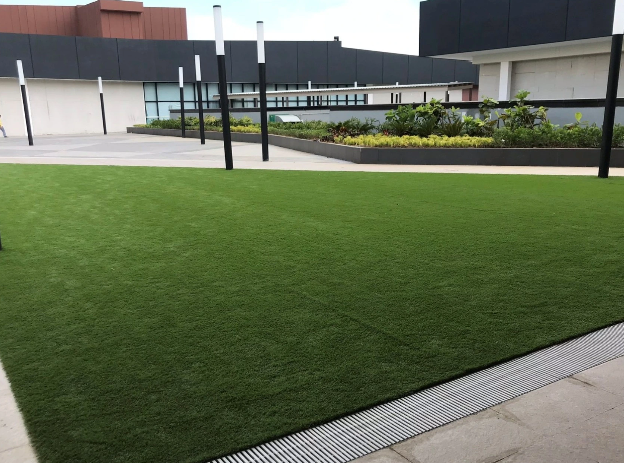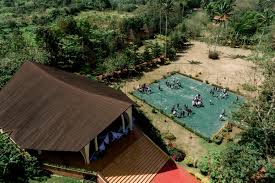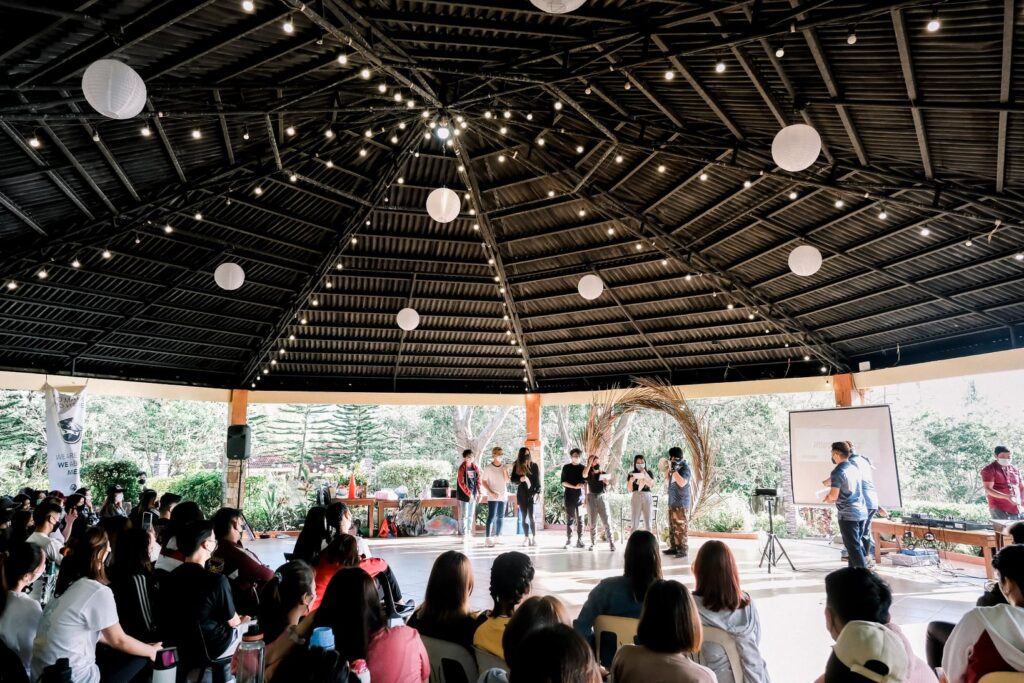Tree pollarding is an ancient pruning technique that has been practiced for centuries, primarily for size control and management purposes. Originating in Europe, pollarding involves the removal of the upper branches of a tree, promoting a dense head of foliage and branches. This practice is often used in urban areas where space is limited and trees need to be kept at a manageable size.
Benefits of Tree Pollarding
A. Encourages Growth and Vigor: Pollarding stimulates new growth, leading to denser foliage and healthier trees.
B. Aesthetic Appeal: Pollarded trees can be shaped into various forms, enhancing their visual appeal in landscapes and urban settings.
C. Management of Size in Urban Areas: In densely populated areas, pollarding helps control the size of trees, preventing them from encroaching on buildings, power lines, or other structures.
D. Promotion of Wildlife Habitats: Pollarded trees provide habitats for birds and other wildlife, contributing to biodiversity in urban environments.
Techniques of Tree Pollarding
A. Selecting Suitable Tree Species: Not all tree species are suitable for pollarding. Trees with strong, flexible wood and the ability to produce new growth readily are ideal candidates.
B. Timing and Frequency of Pollarding: Pollarding is typically done during the dormant season, usually in late winter or early spring. The frequency of pollarding depends on the desired size and shape of the tree.
C. Proper Pruning Methods: Pollarding involves removing the upper branches of a tree to a predetermined point, known as the pollard head. Care must be taken to make clean cuts to prevent damage and promote healthy regrowth.
D. Safety Measures for Tree Climbing and Access: Pollarding often requires climbing tall trees, so proper safety equipment and techniques must be used to prevent accidents and injuries.
Best Practices for Size Control
A. Understanding Tree Growth Patterns: Knowledge of how trees grow and respond to pruning is essential for effective size control through pollarding.
B. Maintaining Balance between Size Control and Tree Health: While pollarding can control the size of a tree, it’s essential to ensure that it does not compromise the tree’s overall health and vitality.
C. Monitoring and Assessing Tree Growth: Regular monitoring of pollarded trees is necessary to assess their growth and make adjustments as needed.
D. Collaborating with Certified Arborists: Consulting with certified arborists can provide valuable expertise and guidance in effectively managing tree size through pollarding.
Challenges and Considerations
A. Potential Risks of Improper Pollarding: Improper pollarding can lead to tree stress, decay, and structural instability, posing risks to property and safety.
B. Environmental Impact and Sustainability: Consideration must be given to the environmental impact of pollarding and the long-term sustainability of tree management practices.
C. Local Regulations and Permits: Pollarding may be subject to local regulations and permits, so it’s essential to comply with legal requirements and obtain necessary permissions.
D. Cost Considerations for Regular Maintenance: Pollarding requires regular maintenance, which can incur costs for equipment, labor, and professional services.
Takeaway
In conclusion, tree pollarding is a valuable technique for size control and management in urban environments. By understanding the benefits, techniques, and best practices of pollarding, we can effectively manage tree size while promoting tree health and biodiversity.
For top-notch tree pollarding services, look no further than BSG Landscape & Construction Pte Ltd. Reach out to us for a consultation!











